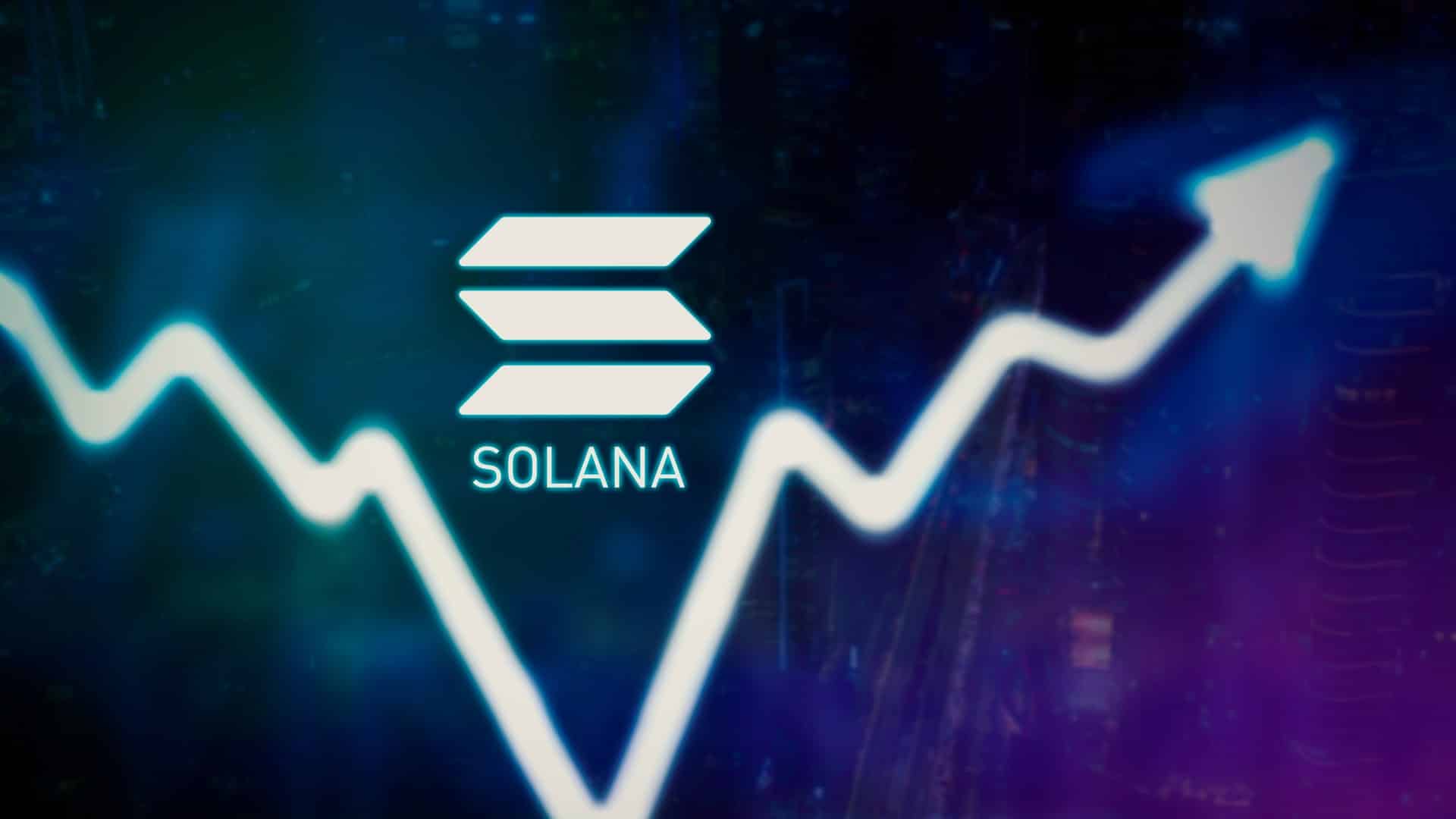In the USA, the “Cumulus Susquehanna” data center is scheduled to open in the first quarter of this year, which will, among other things, operate Bitcoin mining from nuclear-generated electricity and thus herald a new chapter in the history of crypto mining. The plant is located in close proximity to the local nuclear power plant in north-eastern Pennsylvania and is supplied with the necessary energy via a direct connection.
The data center is managed by Cumulus Data, a subsidiary of the energy producer Talen Energy. Under the name of “Nautilus Cryptomine” the energy giant merged with bitcoin mining company TeraWulf in August 2021. The aim of the cooperation should be to mine Bitcoin competitively and carbon-free. The 1.2 hectare site, on which cloud computing is also operated in addition to mining, can be supplied with electricity directly from the 2.5 gigawatt nuclear power plant. By eliminating the intermediary of traditional electricity transmission and distribution companies, the project aims to offer its customers a competitive advantage through lower electricity prices.
“Our flagship Cumulus Susquehanna data center is poised to welcome its first tenants and begin commercial operations later this year,” said CEO Alejandro “Alex” Hernandez. “We look forward to advancing our mission to solve the energy ‘trilemma’” (the increasing demand for energy that is both cheap, reliable and carbon-free) with our first data center campus.
Bitcoin mining with nuclear power: blessing or curse?
The Bitcoin network requires electricity. There are heated debates in the industry about how the environmental costs of blockchain can be kept as low as possible. A long-term strategy is to use excess electricity. For example at night when there is overproduction. Of course, preferably from renewable energy sources. Some miners are already docking onto wind turbines to tap into clean, overproduced electricity. The fact that nuclear power presents itself as green energy that produces electricity cheaply without polluting the atmosphere with CO₂ divides the crypto world at least as much as public discourse. The downside of nuclear energy is well known: nuclear waste, safety concerns and emissions of other kinds (e.g. from the mining and transport of uranium).
The study situation on how much electricity in the Bitcoin network is already covered by regenerative energy is also not entirely clear. Because the results vary. The Bitcoin Mining Council, an interest group that is interested in a high proportion of green energy, speaks of around 60 percent. According to a study by the University of New Mexico from September 2022, however, it should only be 39 percent. Bitcoin consumes electricity on the order of entire nation states. On a global scale, energy consumption is according to one BMC report but only to 0.17 percent.
- Bitcoin Whales Cash In Millions Amid Recent Rally - November 20, 2024
- Hidden Pattern on XRP Charts Suggests a 500% Surge – Is It Finally Moon O’Clock? - November 20, 2024
- $PNUT Up 325% In 7 Days, Heading To New Record – Will This New Altcoin Be The Next Hot Deal? - November 19, 2024






















